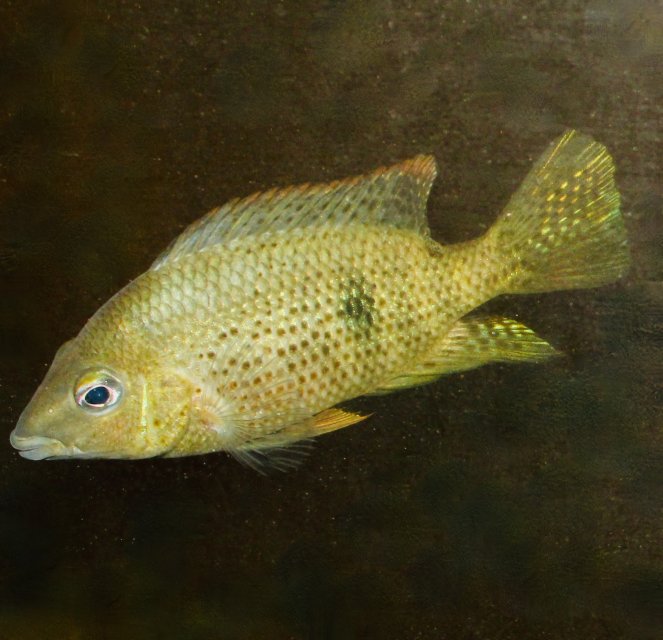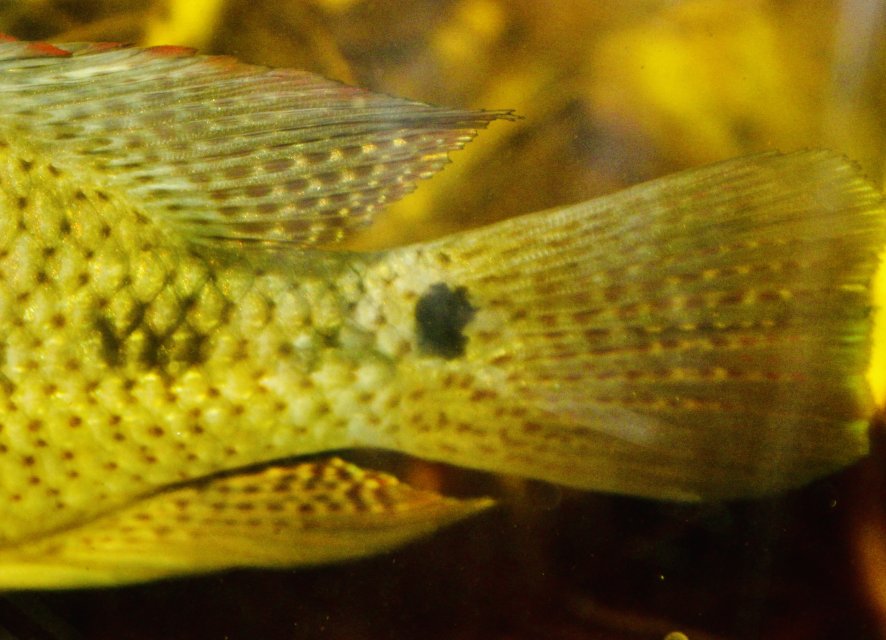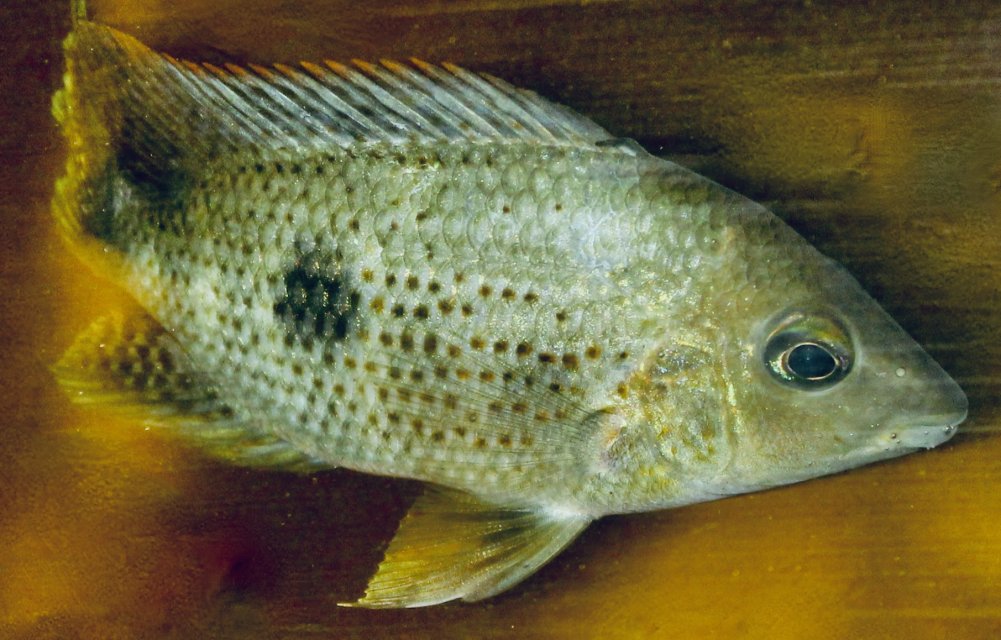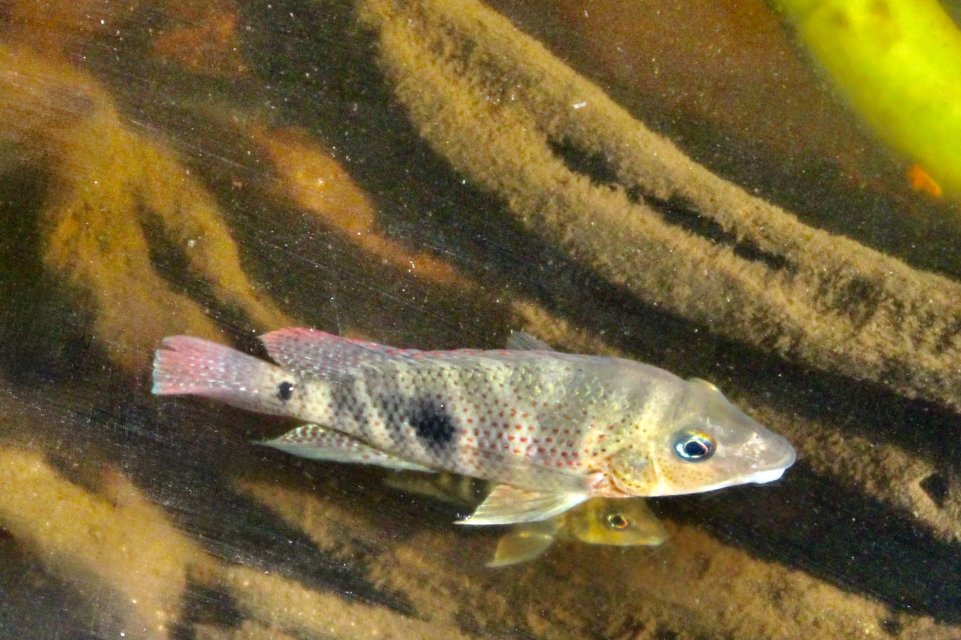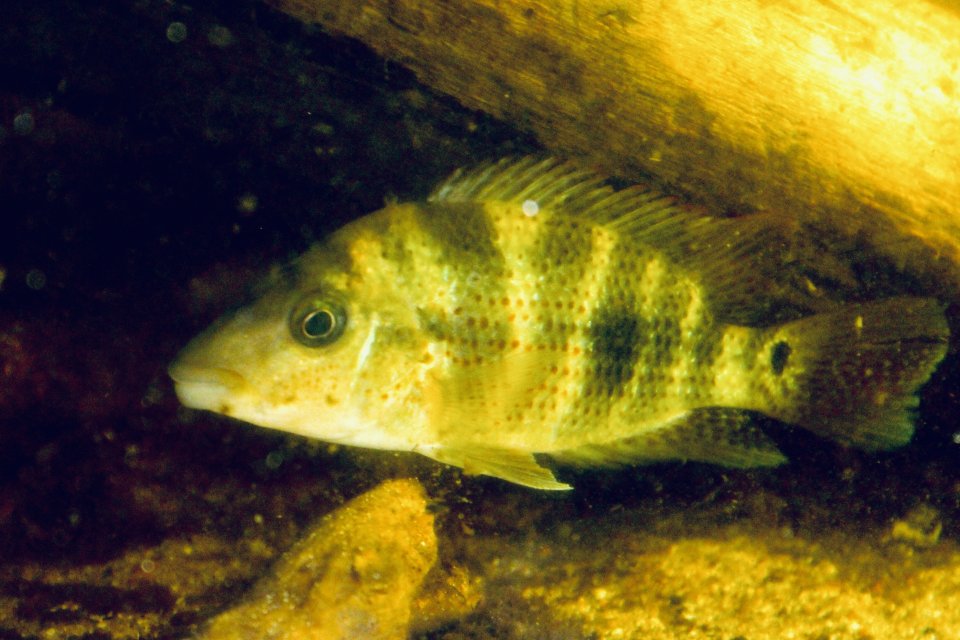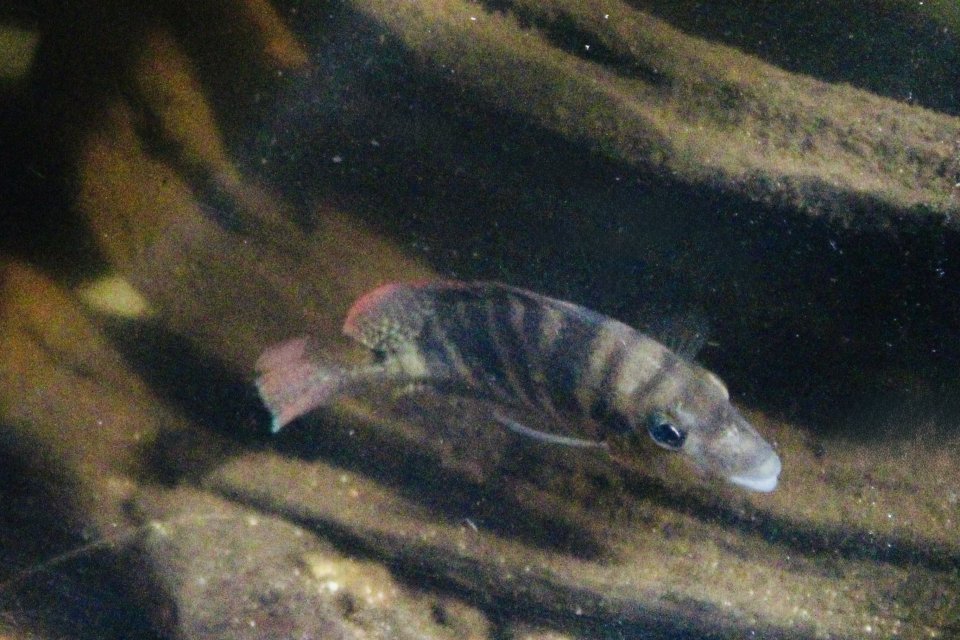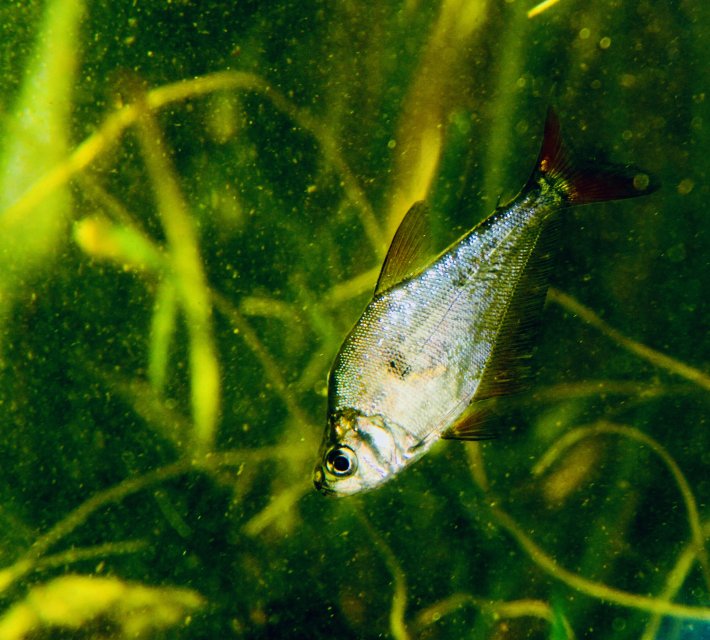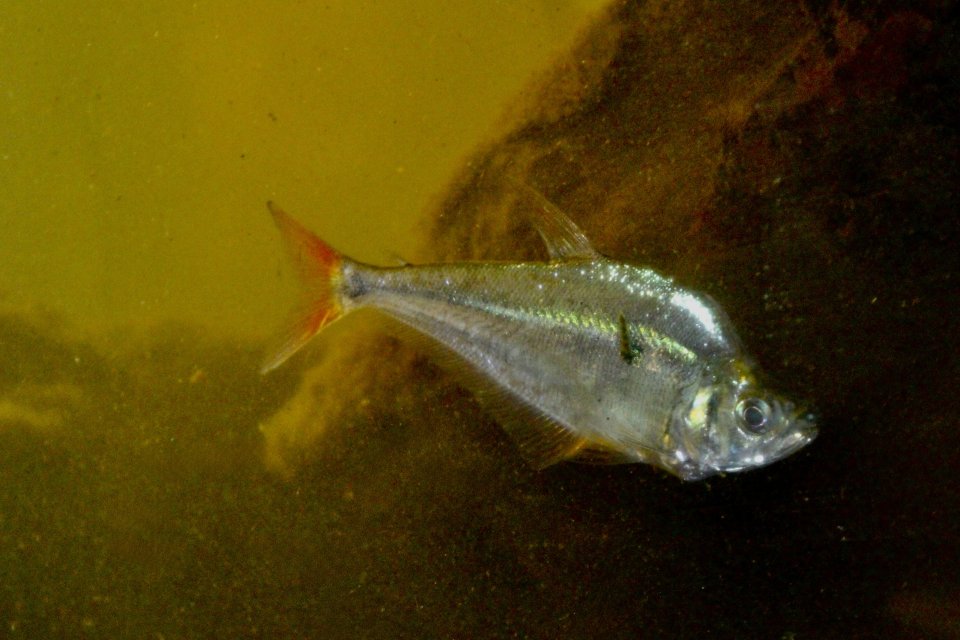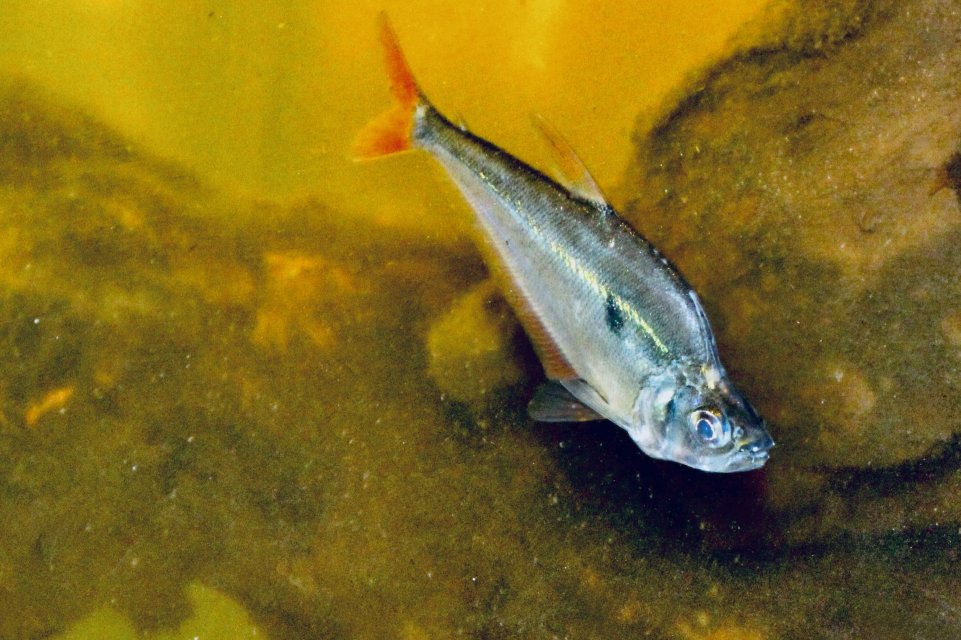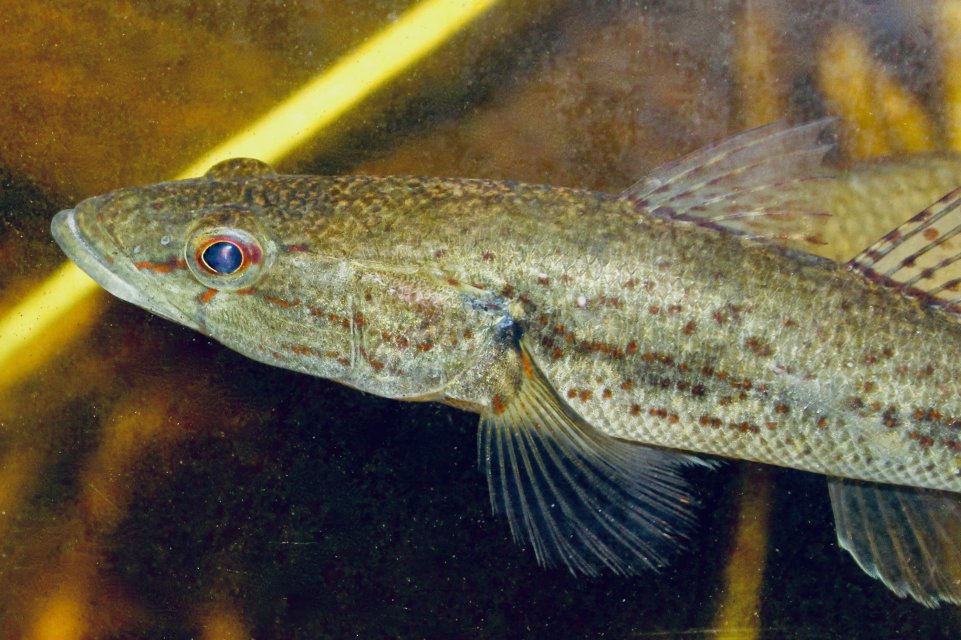Earlier this year I was on expedition with Project Piaba up the Rio Negro in Brazil. The "true parrot" cichlid (Hoplarchus psittacus) in the photos below was collected for genomic study. My question is whether the red blush at the base of the gill plate is commonly seen in adult fish in the hobby? Or is it is a regional colour variation only sometimes seen in the hobby? I've heard competing opinions. For those of you who have kept this fish to adult size, have you seen this red blush colouration?








